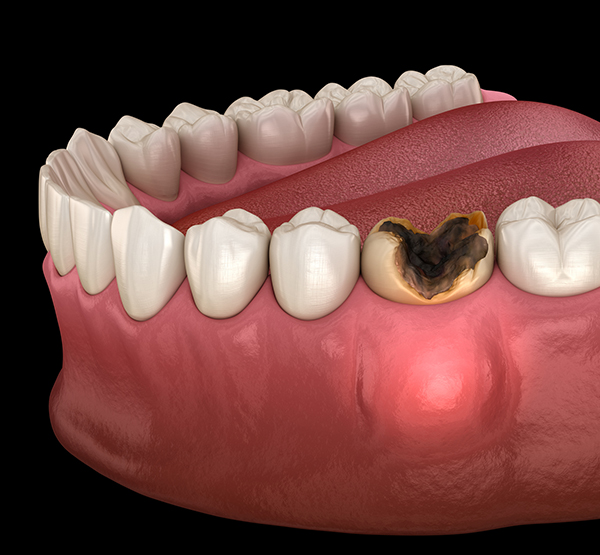
Understanding Tooth Abscesses
Redness or swelling in the gums
Swelling in the face or jaw
Intense and persistent pain
Sensitivity to pressure or temperature that lasts for an extended period
What Causes an Abscess?
Gum abscesses are typically caused by a bacterial infection in the gum tissue, often linked to severe gum disease.
Tooth abscesses arise from infections in the dental pulp or nerve inside the tooth. As bacteria multiply in the pulp chamber or root canals, the infection can spread to the tooth root and surrounding tissues.
How is an Abscess Treated?
Our expert team will determine the appropriate treatment for your abscess based on its type and severity. For gum abscesses, treatment may involve making an incision, draining the abscess, and administering antibiotics to address the underlying infection.
For tooth abscesses, we may recommend root canal treatment to remove the infected pulp and nerve, clean the tooth’s interior, and seal it. In more severe cases, a tooth extraction may be necessary to prevent the infection from spreading to nearby healthy teeth and gums.